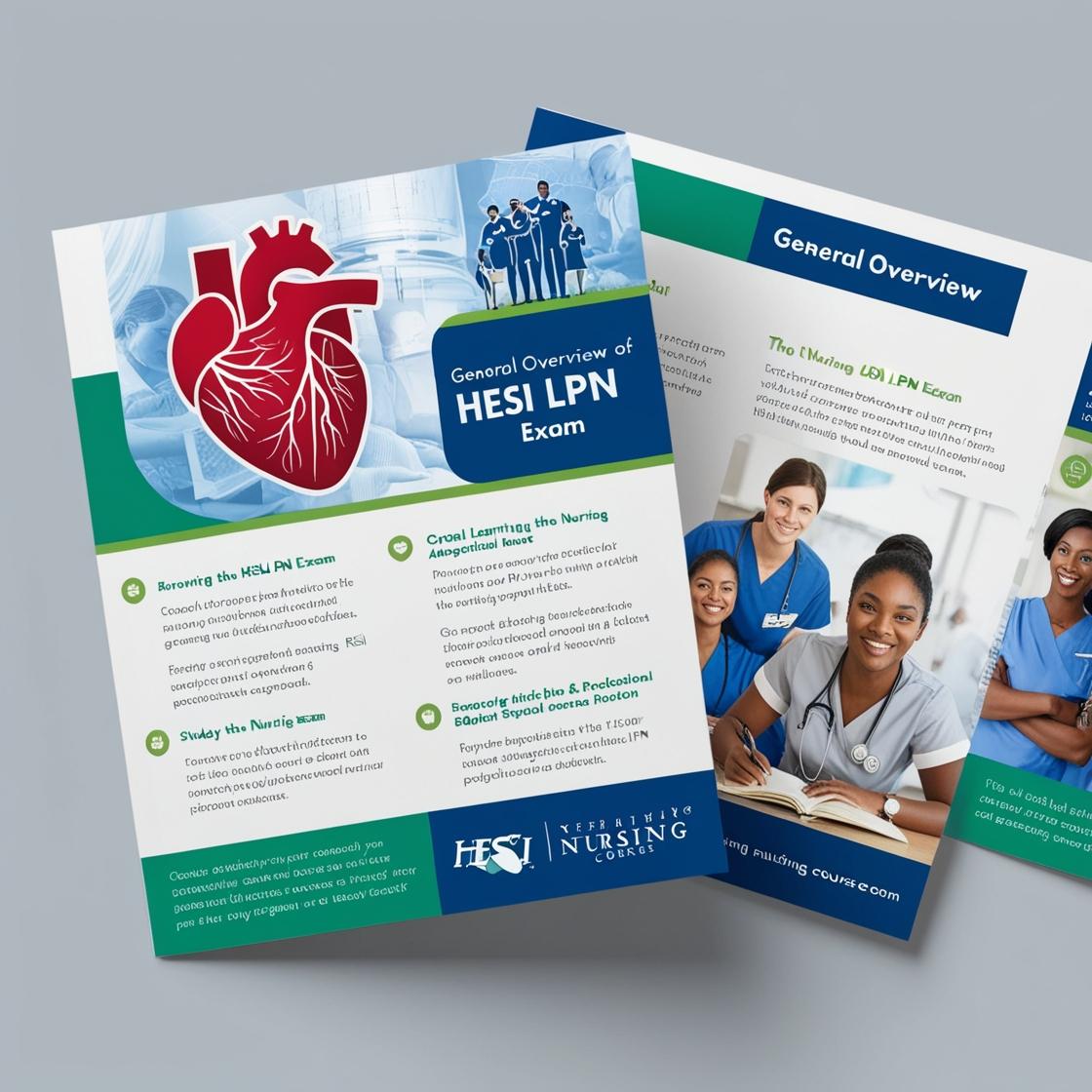HESI LPN
HESI PN Exit Exam 2024 Quizlet
1. A client who had a thyroidectomy 24 hours ago reports tingling around the mouth and in the fingertips. What should the nurse do first?
- A. Check the client’s calcium levels.
- B. Administer a dose of calcium gluconate.
- C. Assess the client's incision site for bleeding.
- D. Notify the healthcare provider.
Correct answer: A
Rationale: Tingling around the mouth and in the fingertips can indicate hypocalcemia, a potential complication after thyroidectomy due to accidental damage to the parathyroid glands. Checking calcium levels is crucial as it helps in diagnosing hypocalcemia accurately. Administering calcium without knowing the actual calcium levels can be dangerous. Assessing the incision site for bleeding is important but not the priority in this situation. Notifying the healthcare provider can be done after assessing and managing the immediate concern of hypocalcemia.
2. To accommodate a patient who is an Orthodox Jew, you would assure that her diet does not include which of the following?
- A. Any combination of meat and milk at the same meal
- B. Fish with scales
- C. Salmon
- D. Grape juice
Correct answer: A
Rationale: The correct answer is A. Orthodox Jewish dietary laws prohibit mixing meat and dairy in the same meal, so to accommodate an Orthodox Jew, you should ensure that their diet does not include any combination of meat and milk at the same meal. Choices B, C, and D are not prohibited in a kosher diet. Fish with scales, including salmon, are typically kosher, and grape juice is also permissible under kosher guidelines if certified. Therefore, options B, C, and D are acceptable in an Orthodox Jewish diet, while option A contradicts their dietary laws.
3. When preparing to administer a medication through a nasogastric (NG) tube, what is the first action the nurse should take?
- A. Check the placement of the NG tube
- B. Flush the tube with saline
- C. Position the client in a semi-Fowler's position
- D. Administer the medication slowly
Correct answer: A
Rationale: The correct first action when preparing to administer a medication through a nasogastric (NG) tube is to check the placement of the NG tube. This step is essential to ensure that the tube is correctly positioned in the stomach and not in the lungs, preventing potential complications. Flushing the tube with saline may be required, but it should follow the verification of tube placement. Positioning the client in a semi-Fowler's position is necessary for comfort during the procedure but is not the initial step. Administering the medication can only be done safely after confirming the correct placement of the NG tube.
4. After adding feeding solution to a client's tube feeding system as seen in the picture, what action should the PN take next?
- A. Remove the air from the solution bag
- B. Obtain a piston syringe and irrigation set
- C. Record the solution added as fluid intake
- D. Calculate the rate of flow of the solution
Correct answer: B
Rationale: After adding feeding solution, obtaining a piston syringe and irrigation set is necessary to flush the feeding tube and ensure patency before starting the feeding. This helps prevent blockages and ensures proper delivery of the nutritional solution. Option A is incorrect because removing air from the solution bag is not the immediate next step after adding the feeding solution. Option C is incorrect as recording the solution added as fluid intake is important but not the immediate next step. Option D is incorrect as calculating the rate of flow of the solution is not the next step after adding the feeding solution.
5. A client is recovering from a below-the-knee amputation (BKA). The client reports phantom limb pain. What should the nurse include in the client’s care plan to manage this type of pain?
- A. Apply heat to the residual limb.
- B. Administer prescribed analgesics.
- C. Elevate the residual limb.
- D. Perform range-of-motion exercises.
Correct answer: B
Rationale: Phantom limb pain is a type of pain that feels like it's coming from a body part that's no longer there. It is essential to understand that phantom limb pain is real and should be managed appropriately. Administering prescribed analgesics is the most effective way to address this discomfort. Applying heat, elevating the residual limb, and performing range-of-motion exercises are not effective in managing phantom limb pain since the pain originates from the brain expecting sensory input from the missing limb, rather than being related to physical factors that heat, elevation, or exercises can address.
Similar Questions

Access More Features
HESI LPN Basic
$69.99/ 30 days
- 50,000 Questions with answers
- All HESI courses Coverage
- 30 days access @ $69.99
HESI LPN Premium
$149.99/ 90 days
- 50,000 Questions with answers
- All HESI courses Coverage
- 30 days access @ $149.99
